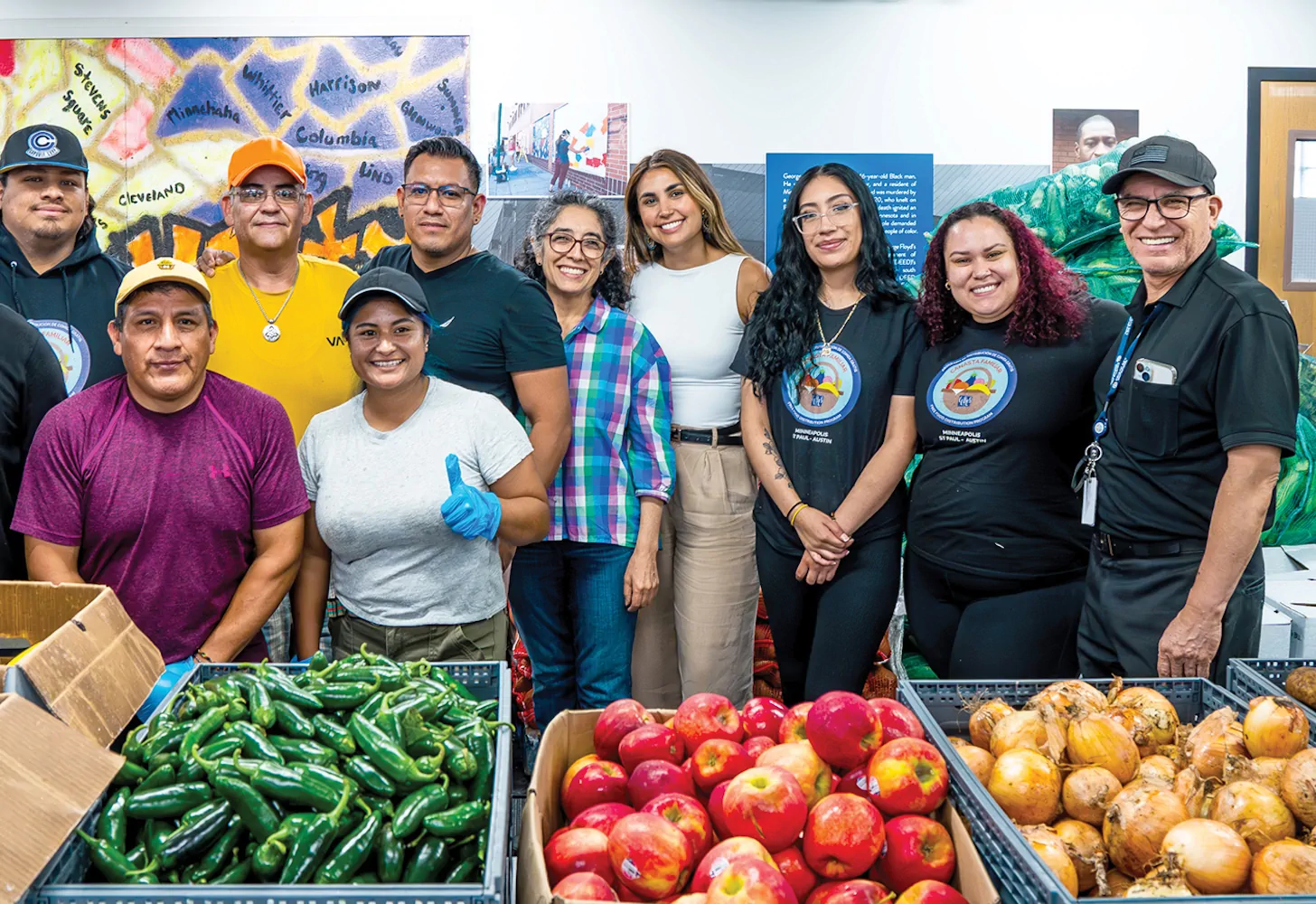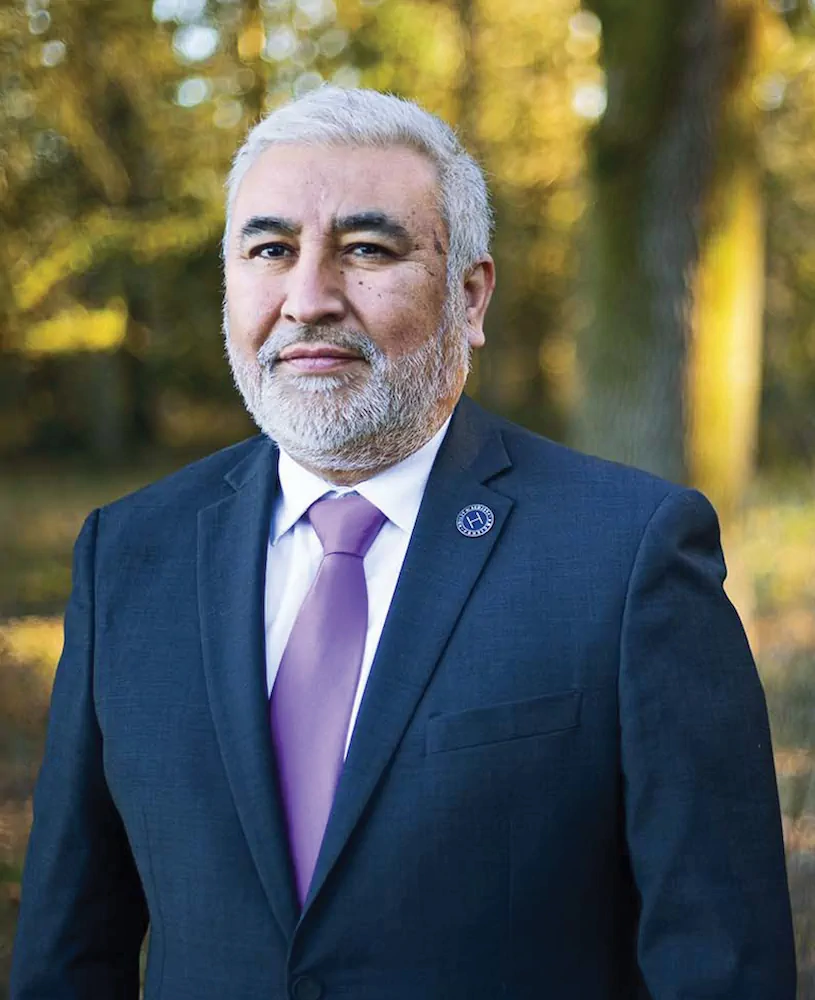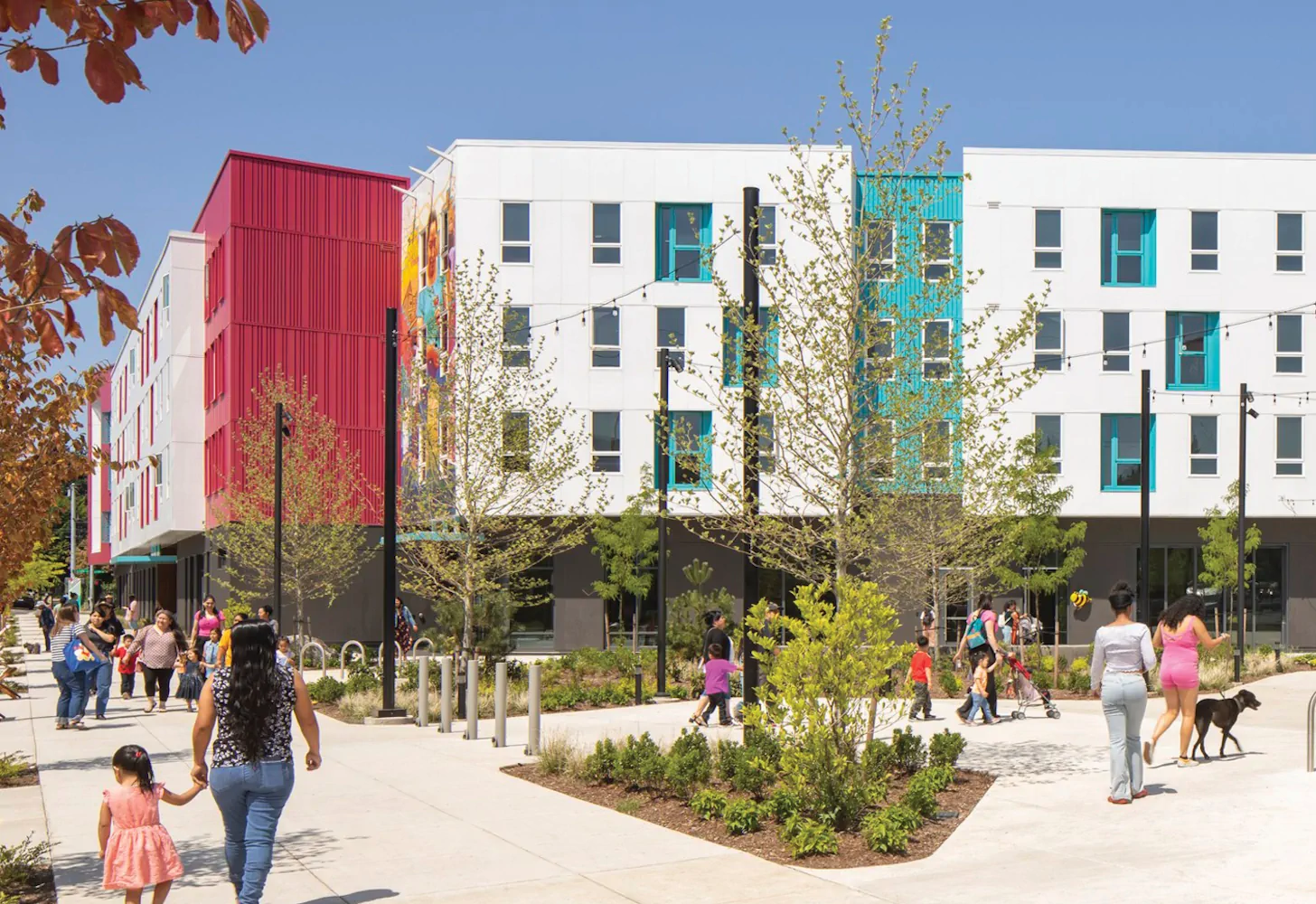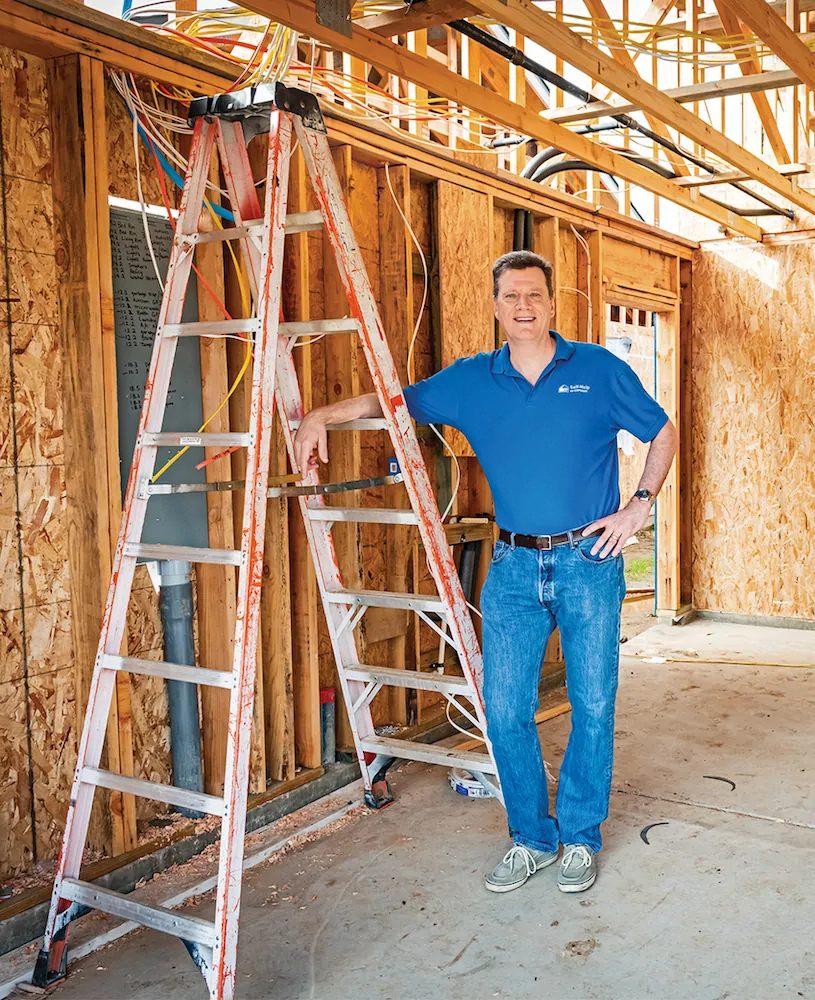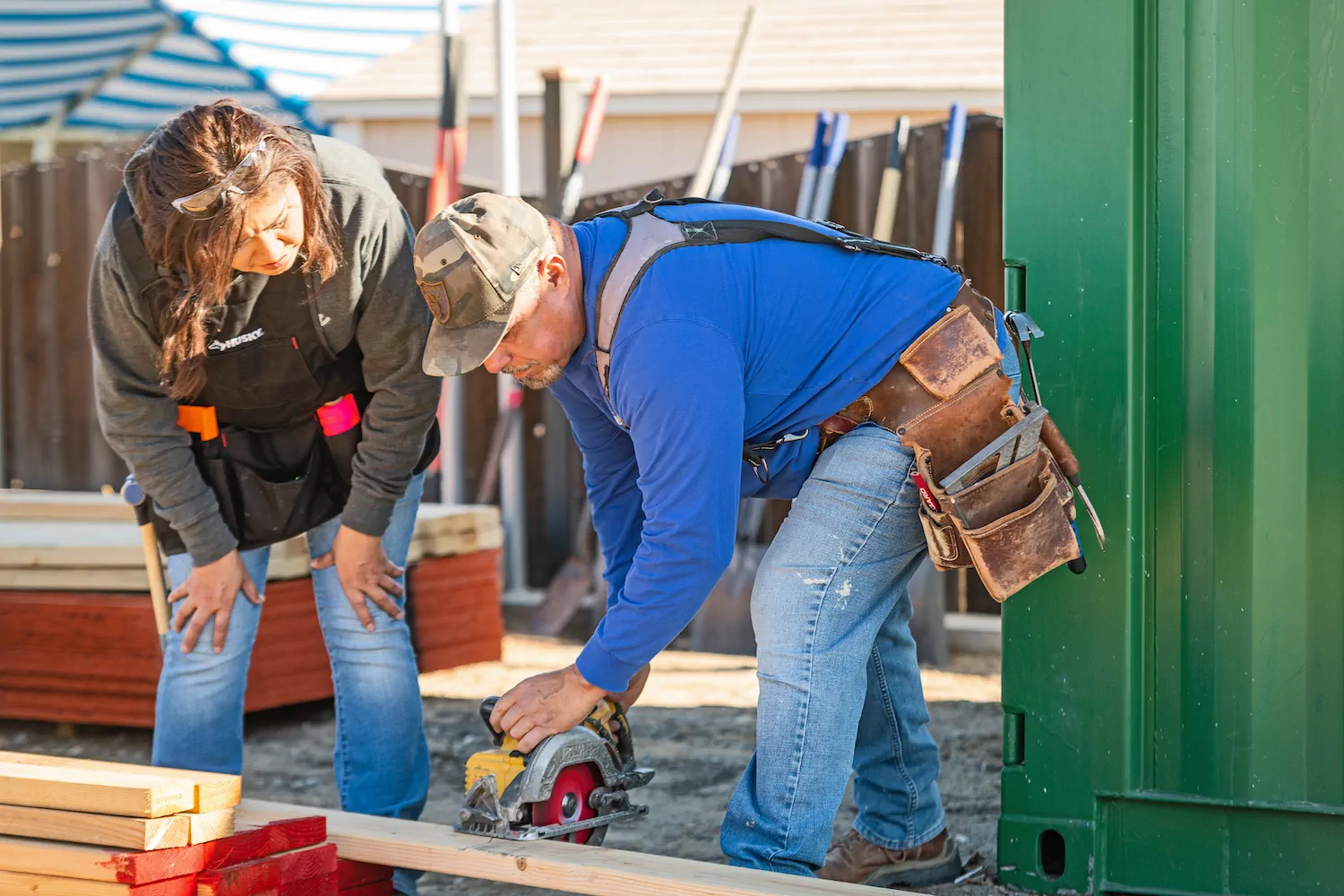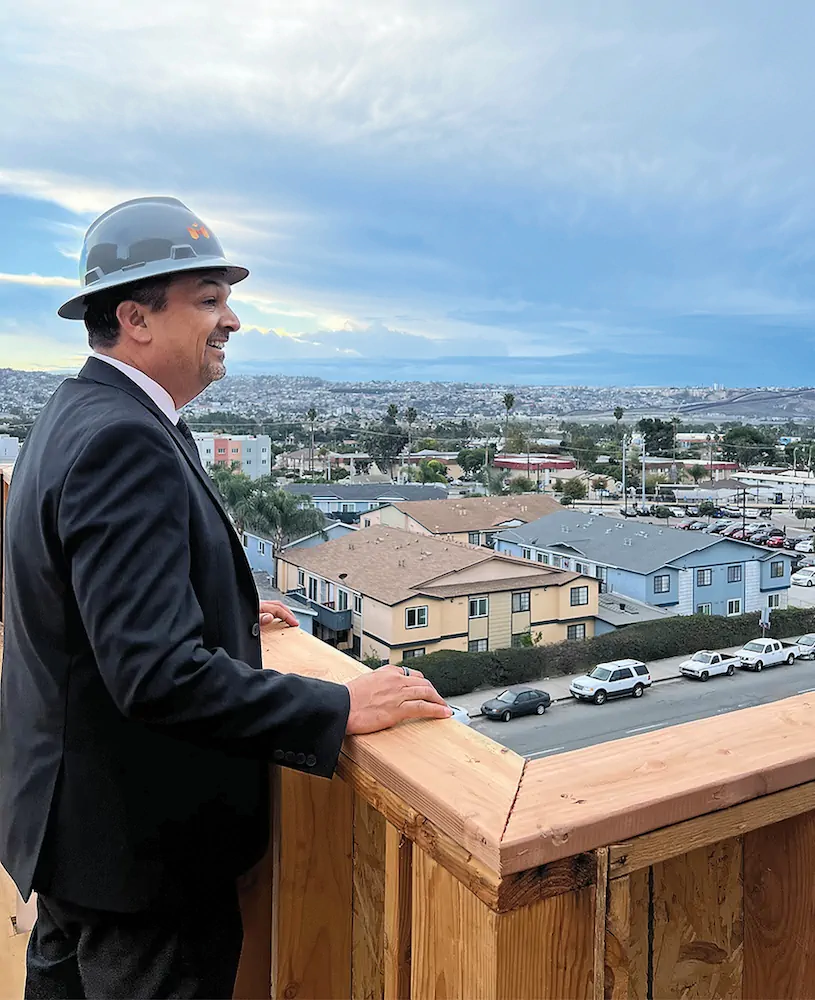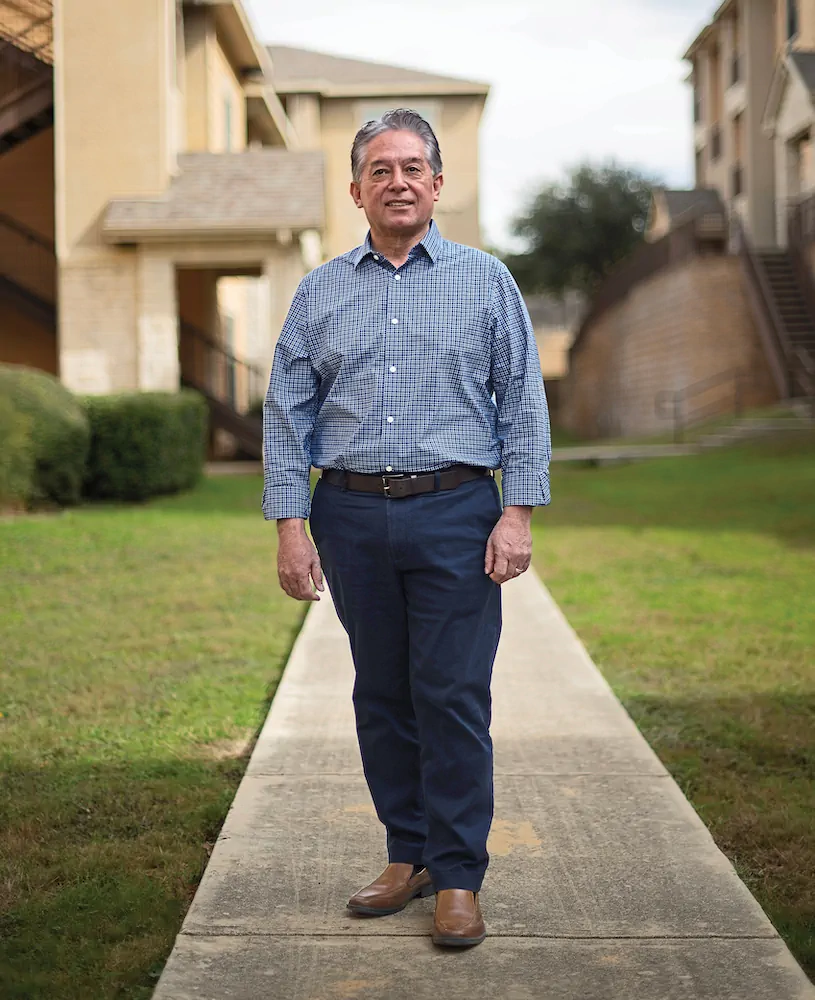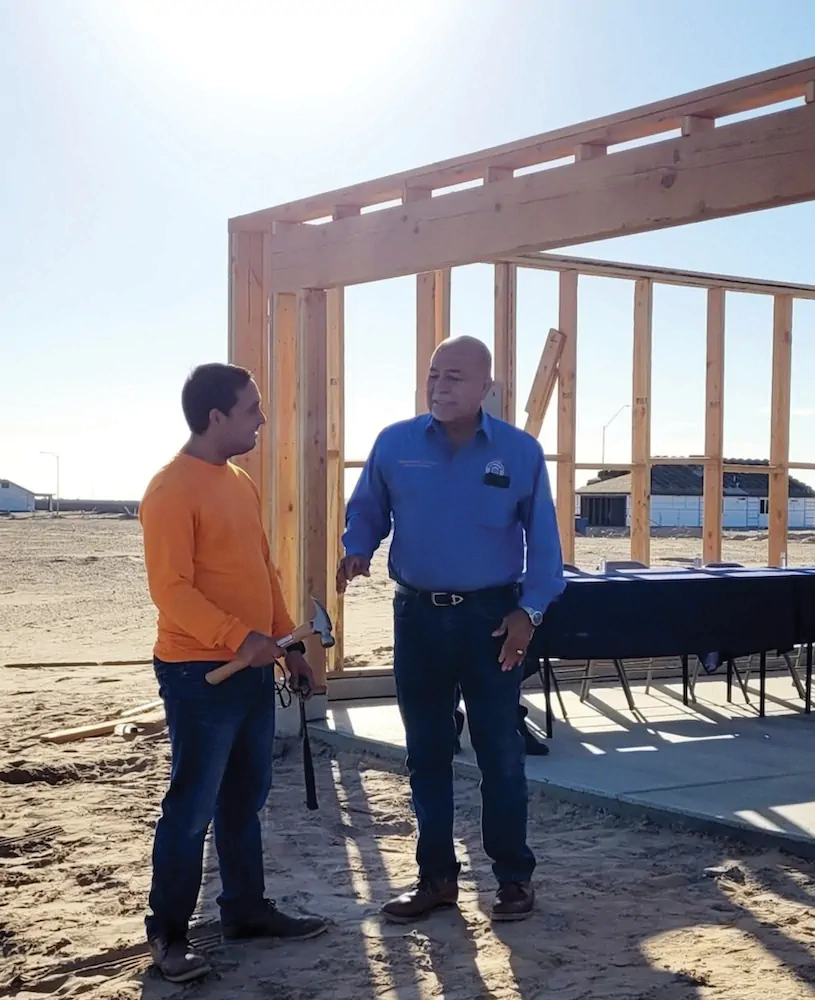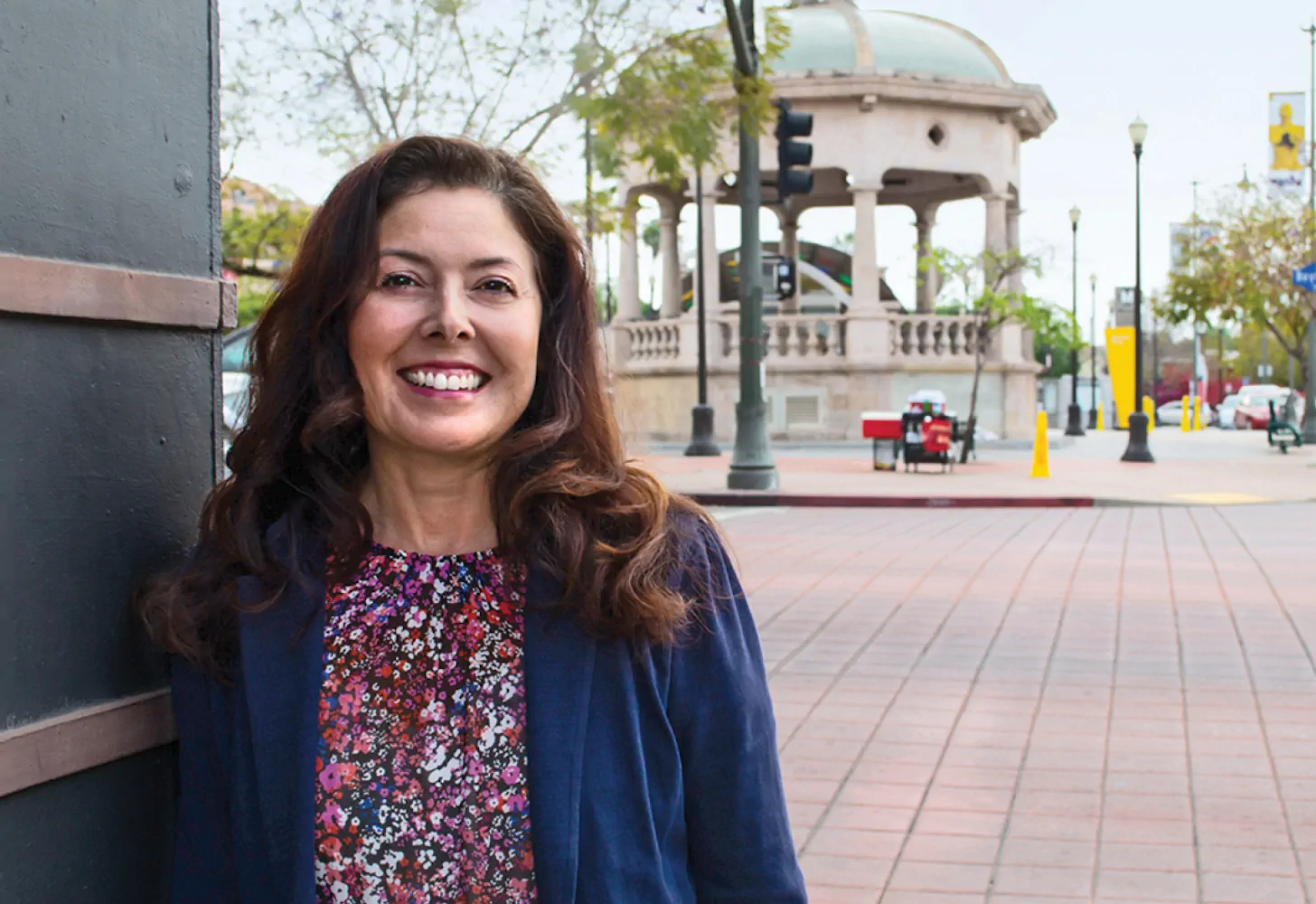Ever since I was a little girl, I dreamed of being a builder. While my six sisters played with dolls, I was busy with my brother’s erector set. Even today, I can’t help but look at a piece of land and wonder, what can I build there?
I founded Visionary 40 years ago as a one-woman operation in California’s Central Valley. I had met a group of farm workers from Japiro, a town in Michoacán, who aspired to the American Dream of home ownership.I wanted to be a builder, so we worked together. With a USDA grant, we built self-help homes—homes they helped construct with their own hands. And that was just the beginning.
Since then, we’ve built 28 multi-family communities, totaling 1,500 units, and we have another 400 that will go into development in May. We have also constructed 1,000 single-family homes and put first-time home buyers in them.
UnidosUS and RDF have been invaluable partners throughout this journey. We go back a long way! As a small organization for much of our history, securing capital—especially the early funding needed to get projects started—was a significant challenge. But RDF has always stepped in to provide exactly that kind of support, offering opportunities we wouldn’t have had otherwise. Just last year, they provided $3 million in early investment for three projects, allowing us to leverage an additional $72 million to bring them to life. Their willingness to invest at the most critical stage is what has made all the difference. To me, that’s what a great partnership looks like.
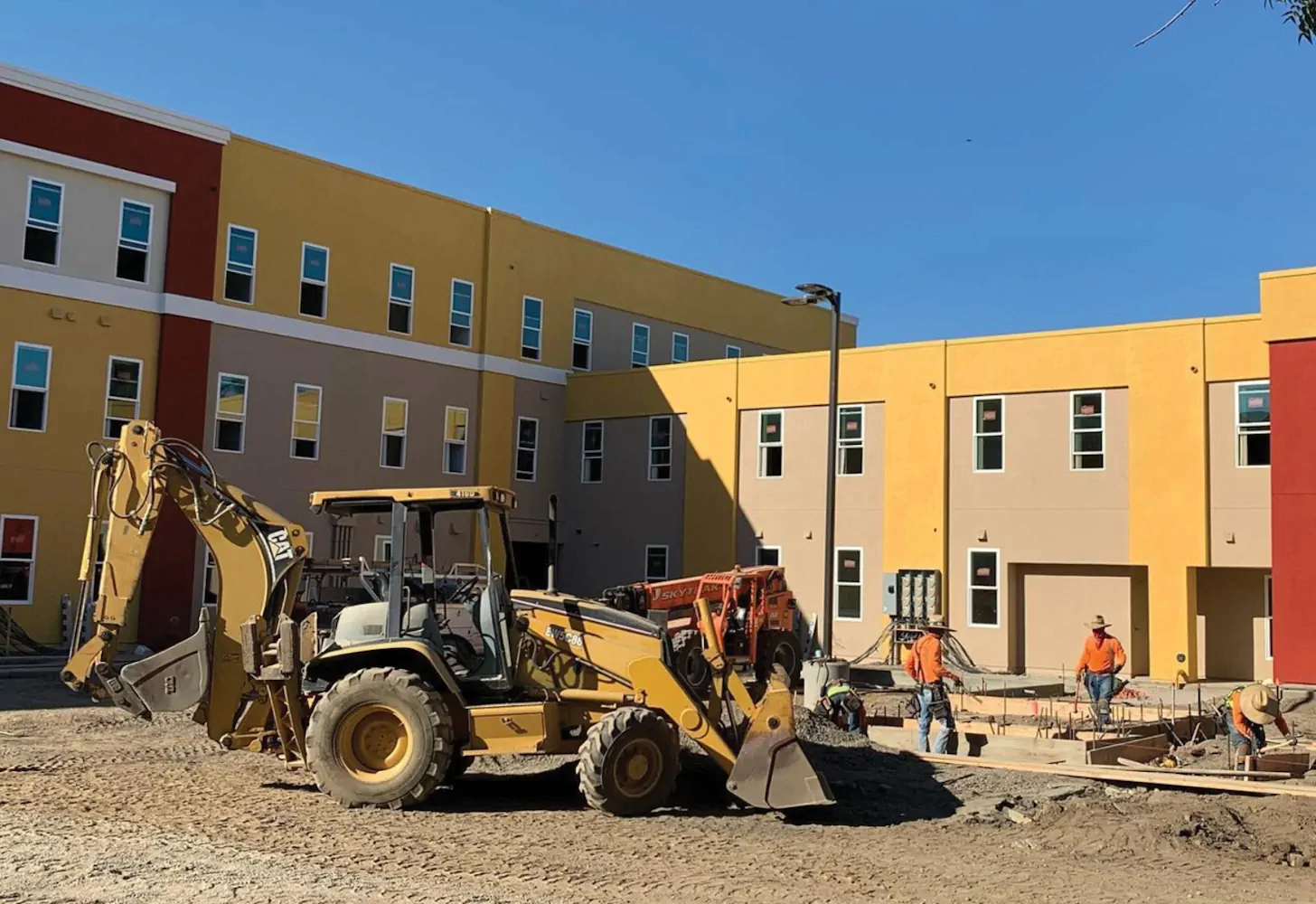
Being a woman in a male-dominated industry has not been easy — especially in the Latino community. In the early years, some men would say “What are you doing here? Shouldn’t you be home making tortillas?” Literally, they said that to me! But RDF believed in us and supported our work. We deeply appreciate the investments they’ve made, and I hope they see how their support has helped our community grow and become more competitive. By helping us accomplish our mission, they’ve accomplished theirs.


